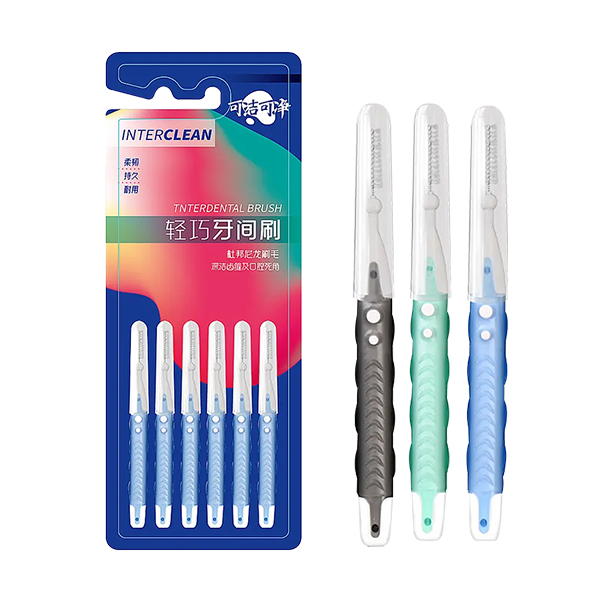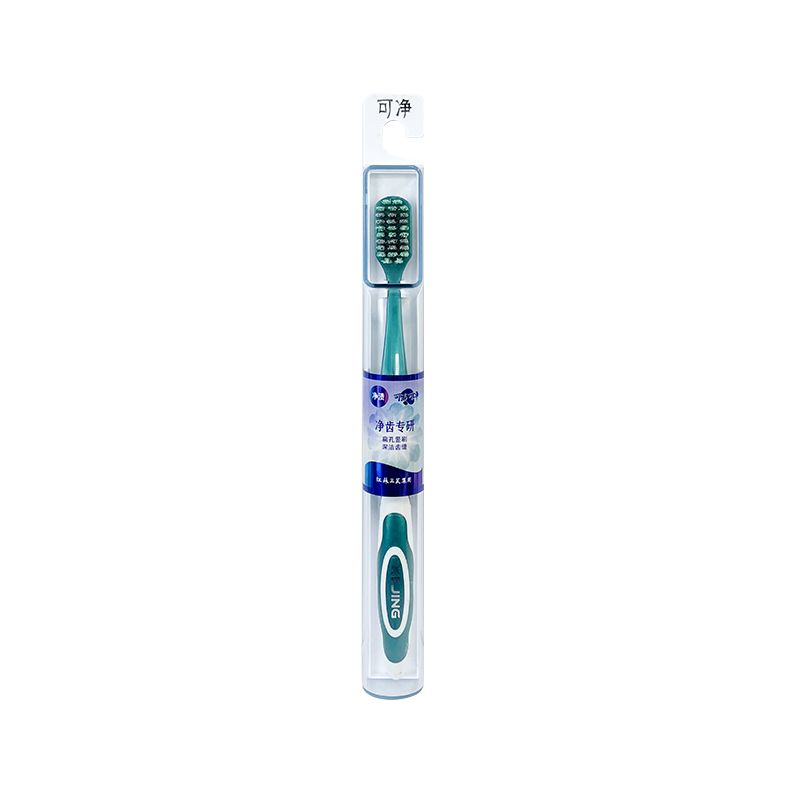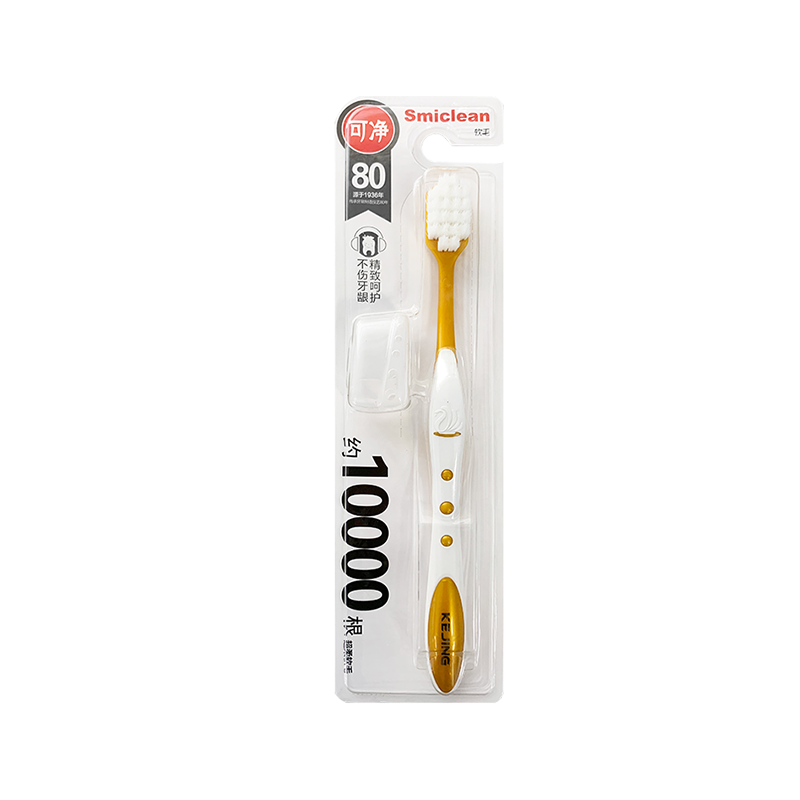What are the advantages of Interdental Brushes in terms of durability and cleaning effect?
Interdental brushes, as an auxiliary tool specially used for cleaning the adjacent surfaces of teeth and the interdental areas, have been gradually popularized in the field of oral cleaning in recent years, especially in periodontal care, orthodontic treatment and implant maintenance. Compared with traditional dental floss or toothpicks, interdental brushes have many advantages in durability and cleaning effect. The following is a detailed analysis from these two aspects.
1. Advantages in durability
The brush head material is strong and durable
High-quality interdental brushes usually use polymer bristle materials such as nylon and polybutylene terephthalate (PBT), which have strong wear resistance and resilience. Compared with dental floss, which is easy to break and deform during use, the bristles of interdental brushes can maintain their basic shape and elasticity even after repeated use.
High strength of metal wire core
Most interdental brushes use stainless steel or plastic-coated metal wire as the support structure, which has good bending resistance. Even in the process of repeated insertion into tight teeth, it is not easy to break or lose support, which extends the overall service life.
The handle structure is stable and highly reusable
Interdental brushes are usually equipped with ergonomic handles, and some products are even designed with replaceable brush heads. Compared with disposable dental floss, interdental brushes can be used repeatedly several times (under the premise of cleaning), which has a good cost-effectiveness.
Strong adaptability to storage environment
High-quality interdental brushes have certain moisture-proof and mildew-proof properties, and are not easy to deteriorate due to humid environments. With a breathable storage box, the brush head can remain hygienic for a long time.
2. Advantages in cleaning effect
More in line with the structure of the tooth gap, remove dead corner residues
Interdental brushes can penetrate into the tooth gap area of different widths due to their various sizes and shapes (such as cones, cylinders, umbrellas, etc.), reaching blind spots that are difficult to reach with dental floss. It is particularly effective for the back teeth and areas with larger tooth gaps.
Effectively remove dental plaque

Studies have shown that interdental brushes are significantly more efficient than dental floss in removing dental plaque. Its bristles can clean the tooth surface through physical friction, especially suitable for the root surface area after gum recession, which helps prevent the occurrence of gingivitis and periodontitis.
Especially effective for orthodontic patients and implants
For people wearing braces, interdental brushes can easily bypass brackets and wires to clean the interdental areas, while dental floss is often difficult to use. For the area around implants, the soft bristles of interdental brushes can effectively clean without scratching the surface of the implants.
Stimulate gums and promote blood circulation
Proper use of interdental brushes can also play a role in gently massaging the gums, helping to improve the health of the gums and reduce the incidence of gum bleeding and inflammation.
In terms of durability, interdental brushes have the advantages of wear-resistant materials, stable structure, and high reusability; in terms of cleaning effect, they have the advantages of fitting the interdental structure, strong ability to remove dental plaque, and suitable for special populations. As a powerful supplement to oral cleaning, the status of interdental brushes in daily dental care and professional oral treatment is gradually rising, and it is worth further promotion and popularization.
 English
English русский
русский Español
Español




